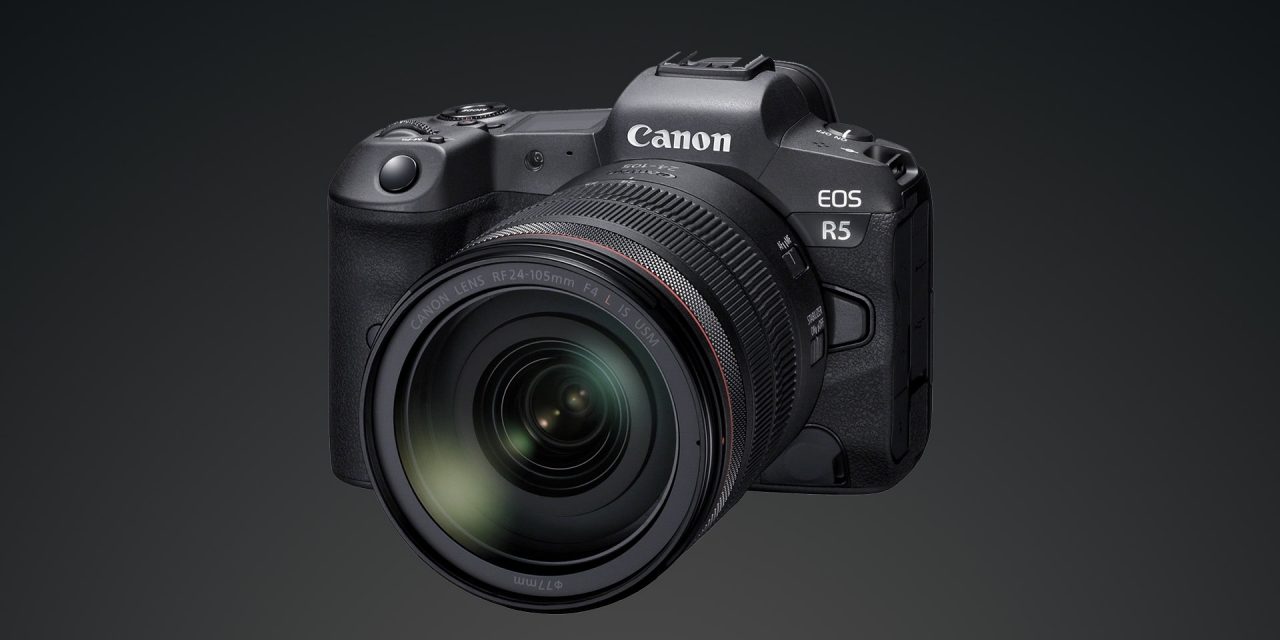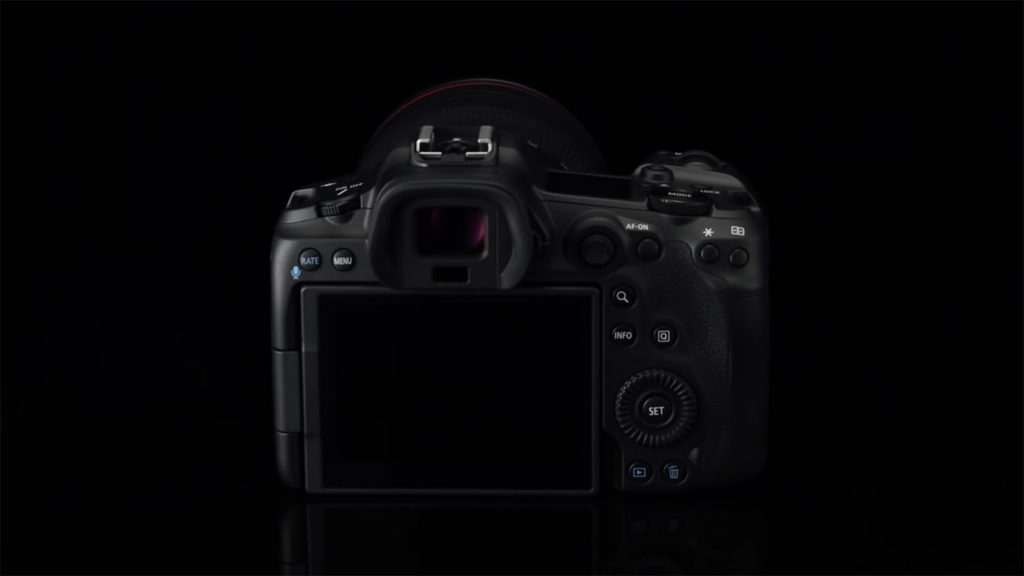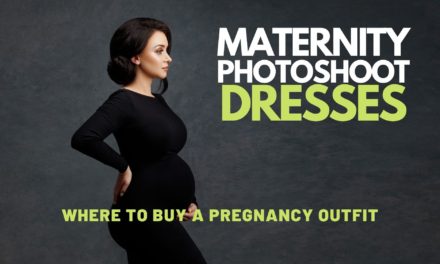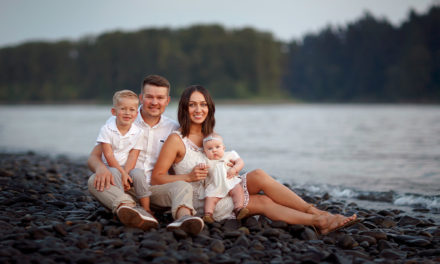Being a Canon shooter for over 15 years, I’ve worked with quite a few camera bodies. Starting from Canon 10D, which was my very first camera, and now working with Canon 5DS R – doing portrait photography.
Switching to a mirrorless camera has been on my mind for quite some time, but I was hesitant to switch to another brand such as Nikon or Sony camera. News of Canon releasing a full-frame mirrorless camera EOS R5 was precisely what I’ve been waiting for. I cannot wait for this camera to be released so I can put my order in.
There are many benefits to using a full-frame mirrorless camera, including better autofocus, advantages in continuous shooting, video quality, and more. Let’s discuss some of the new camera specs on how Canon EOS R5 may be the right camera for you.
This post may include affiliate links. Please read our disclosure policy. [028]
CANON EOS R5 CAMERA SPECS
During the most recent Canon announcement on April 20, 2020, most of the new camera rumors were confirmed. Canon also shared more EOS R5 camera specs, which are much better than I expected.
I’ve updated the info about the expected camera specs on the new Canon EOS R5 mirrorless camera, according to the official Canon announcement.
The news of the expected camera specs are very intriguing:
CMOS IMAGE SENSOR
For the new Canon EOS R5, the company is developing a completely new CMOS image sensor. Canon is really aiming to improve the image quality in this new camera.
Some rumors say that the camera will come with a 45mp full-frame CMOS sensor. This would enable photographers to create super high-quality images if it turns out true. Canon does not confirm these rumors, but I believe it’s expected to be somewhere between 39-45 megapixels.
SHOOTING SPEED
According to Canon Announcement, the camera will be capable of shooting up to 12 frames per second with the mechanical shutter, and up to 20 fps with the electronic high-speed continuous shooting.
With such high-speed shooting, the Canon EOS R5 can shoot fast-moving subjects. This speed will be especially crucial in sports and action photography.
VIDEO RECORDING
Canon EOS R5 will be able to capture 8K internal uncropped 30 fps video, and 4K video shooting at up to 120 fps, according to Canon announcement. This will make it possible to obtain high-resolution still images from video footage. The 8K video footage can downsample into a 4K video and not lose the quality, depending on the project and quality you are looking for.
Predictably, there will be some limitations to the video recording at 8K with a time limit. It’s unclear how many minutes the camera can shoot in 8K. The video recording in 4K will not have a crop sensor issue as it is a full-frame recording.
IMAGE STABILIZATION
Canon EOS R5 will be the first camera to have 5-axis IBIS (In Body Image Stabilization). Having this feature will significantly improve images taken at slower shutter speeds. IBIS will help the camera to perform better in low light conditions and when working with telephoto lenses.
The 5-axis IBIS in Canon EOS R5 will be able to work in combination with Optical IS that many Canon RF and EF lenses have.
AUTO FOCUS AND SUBJECT DETECTION
According to the official Canon news, Canon EOS R5 will have ultra high-speed Autofocus capabilities. The camera’s subject detection will be on a new level by utilizing Dual Pixel CMOS AF technology.
Just like in a previous camera EOS-1D X Mark III, the Canon EOS R5 will have people detection capabilities. The camera will be able to track head, face and eyes when people detection setting is turned on.
With the updated subject detection feature, the camera won’t only be able to track people, but also pets. Yes, you heard me correct – dogs, cats, and birds eyes, faces, and bodies would be effectively tracked by the new camera. This is the first Canon camera to add a pets detection feature, so it will be very interesting to test it out!
DUAL CARD SLOTS
The Canon EOS R5 camera will come with dual card slots. Canon has revealed that the camera will have a CFexpress card slot and a SD UHS-II card slot.
This feature is especially important for professional wedding photographers. Any major event photoshoot where you cannot recreate the action will require double backup storage. Dual card slots allow photographers to perform immediate backups or carry more storage on the camera body.
CLOUD STORAGE
And last but not least is brand new cloud storage by Canon which will be a Free feature to use with the new camera. A new cloud platform image.canon will greatly expedite the Canon EOS R5 photographers’ workflow process. This new cloud platform will help to automatically transfer images and video files from the camera by using wifi. The cloud will have 10 GB of storage and will allow you about 30 days of storage until you transfer the data to a computer.
I can already sense how convenient this feature will be for many photographers and videographers, as it will significantly reduce the time spent on physical image transfers. Automatic download and data backup to the computer or an external device will give us new workflow possibilities.
LENSES COMPATIBILITY
The company is currently working on the development of 9 RF lenses. These lenses are expected to be released this year, according to the rumors.
The RF lenses have a new ring and work better with light sensitivity producing sharper images. Photographers would still be able to use their EF lenses by adding an extender.
CANON EOS R VS CANON 5DS R
There are quite a few reasons why I’ve been anxiously anticipating the release of a new and upgraded mirrorless camera from Canon. The first Canon mirrorless camera EOS R that came out in October 2018 produced a sharper image but was not the ideal camera for me to switch from my Canon 5DS R.
Portrait photography, and especially studio portrait photography, requires high-quality gear that will help produce top quality images. My primary portrait camera is Canon 5DS R, which has a 50 Megapixel full-frame CMOS sensor. The first mirrorless camera Canon EOS R came with a 30.3 Megapixel full-frame CMOS sensor. This camera was not going to help me achieve higher quality portraits.
Canon EOS R enables better focusing by providing a face-detection feature. This feature is one of the most wanted specs of Canon’s first mirrorless camera. If it had dual slots, it would have been an easy upgrade for me at that time. As a professional photographer, I want to have a security of saving and backing up my work.
The first Canon mirrorless camera didn’t have IBIS (in-body image stabilization), like their competitor brands. This feature is critical for me when working in low light conditions and video projects; it’s a must-have.
I was impressed with Canon’s first mirrorless camera, EOS R, but it was not an ideal option for me. This camera is excellent for vloggers and YouTubers.
I was waiting for the company to release a mirrorless camera that would have all the Canon EOS R specs or better, plus dual card slots.
According to the recent company announcement, the Canon EOS R5 will have the specs that I’ve been expecting.
CANON EOS R5 FOR PORTRAIT PHOTOGRAPHY
If everything that Canon announced about the new EOS R5 comes true – I’m going to be switching to a mirrorless camera right away. This camera will serve me both in wedding and portrait photography, and I won’t need to keep two different cameras for my projects.
Here are my benefits points of switching to EOS R5 for portrait photographers.
- If the rumors come true, Canon will release a 39-45mp camera. The high megapixel full-frame CMOS sensor will let portrait photographers produce high-quality images. Whether you are photographing outdoor or in-studio, the camera will help you achieve crisp quality images. For me, as a Canon shooter, it’s a great time to switch from DSLR camera into the mirrorless camera world.
Shooting with a high megapixel camera has many advantages in post-processing. It lets you crop image without sacrificing the image quality. When I do portrait retouching, it’s imperative that I’m working with high-quality images for printing large wall portraits and albums.
- The IBIS camera feature allows photographers to hand-hold their camera at shutter speeds that would cause motion blur if not using a tripod. The IBIS feature in the new EOS R5 will add five stops of light for the image stabilization.
This is an excellent feature for portrait photographers, as we won’t have to shoot at high shutter speed in low light conditions, to produce sharp images.
CANON EOS R5 FOR WEDDING PHOTOGRAPHY
The Canon EOS R5 will be an excellent upgrade for Canon DSLR wedding photographers. Being a part-time wedding photographer, I see a lot of potential for my work when using this new camera.
- One of the most important camera features for wedding photographers is having dual slots. Having the two slots allows photographers to have immediate storage backup, in case anything would go wrong with one of the cards. According to the Canon announcement, the EOS R5 will have dual slots. It will minimize risk for wedding photographers in case one of the cards breaks down, and images get corrupted or lost.
Weddings and other significant events cannot easily be re-shot or re-done. Professional photographers take on the responsibility of delivering work no matter what issues may arise.
- Auto-focus and face detection specs are critical in wedding photography. Mirrorless cameras have a significant dominance in this aspect over DSLR cameras. I’m expecting the new EOS R5 to minimize the amount of misfocused and blurry shots, and have less missed moments during the wedding.
- The Canon EOS R5 will be able to shoot with speed up to 12 fps with the mechanical shutter. This feature is very crucial for wedding photographers during action shots. Moments like the first look, the first kiss, or the exchange of rings are super special and can be very emotional. It’s important to preserve every detail of such momentous events.
Action shots during the reception and dancing part will be easier to capture with the new EOS R5. I’m very excited about working with this camera at wedding shoots and just photographing action shots of my kids!
CANON EOS R5 VIDEO FEATURES
- The Canon EOS R5 will have 8K internal no crop video capture capability shooting up to 30 fps. This very high-quality footage may come with some limitations, such as how many minutes you can record at 8K. It is still unclear, as the camera is in the development mode. The video footage from 8K can be processed into a higher-quality 4K video.
These are some exciting specs for videographers as well as photographers who want to play around with video recording. It is confirmed that it will be a full-frame recording and not cropped, which makes me very excited.
As confirmed by Canon news, the camera will allow 4K video shooting at up to 120fps in 4:2:2 10-bit (H.265) Canon Log with Dual Pixel CMOS AF.
- If you shoot video, you’ll greatly benefit from the 5-axis IBIS feature that Canon EOS R5 will provide. In-Body Image Stabilization will help to reduce camera shake when shooting videos or movies. This feature will allow you to record stable footage without using a gimbal.
Of course, professional videographers have gimbals and other gear to help them achieve a smooth video. But for vloggers, YouTubers, and photographers who want to do videos, the in-body image stabilization feature will be of great advantage.
CONCLUSION
It’s fair to say that Canon EOS R5 is my most awaited camera. This camera will allow me to produce high-quality results both in portrait and wedding photography. I’m very excited and look forward to more official announcements by Canon as to when this mirrorless camera will finally be released! I can’t wait to put my hands on this camera and see what I can create with it!
I recommend you to see some of our other posts:
Natural Light Photography | How to Improve Outdoor Portraits
Posing Tips for Women Portrait Photography







